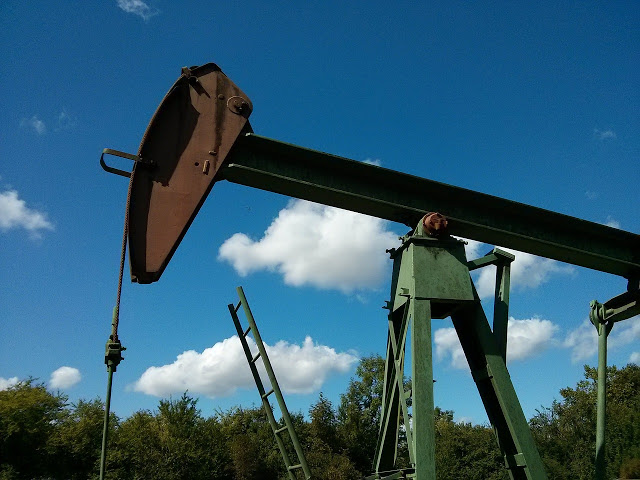Under a landmark nuclear deal, these refineries will see the return of Iranian crude and look for reduced prices and larger profits. After the deal there were no details about how the sanctions on oil will be eased but an Iranian spokesperson said that they will try to maximize crude exports to Europe and restore a market share of over 40 per cent there. On Tuesday, the prices of crude dropped which in turn pushed the prices of related products further below. After the nuclear deal that Iran has had with other 6 world powers, the production of Iranian crude is expected to rise.
Amrita Sen, chief oil analyst at London-based consultancy Energy Aspects said that even with a historic deal, oil from Iran will take time to reach the refineries and the expected changes will not be visible before next year, most likely the second half of 2016. But given how oversupplied the market is, with Saudi outputs at record highs, the mere prospect of new oil will be mixed blessings.”The fall in the prices of crude not just lowered but they hit the producer’s currencies too. The Norwegian crown fell 1.1 per cent to 8.17 per dollar, having earlier fallen to 8.19 and the Canadian dollar fell 0.4 per cent against the greenback to a four month low of $1.279.”
The analysts have said that the deal will trigger an increase in the Iranian crude exports by 60 per cent. This would account for the added pressure on the already oversupplied market. This rise would be seen only due to the new importers as the other Asian economies like India, China, Japan etc have been constantly buying oil from Iran in limited quantities. The recent development also affected the stock markets as the Wall Street looked took a beating and opening was lower. The European shares fell too and were led lower by the oil and gas stocks.





















